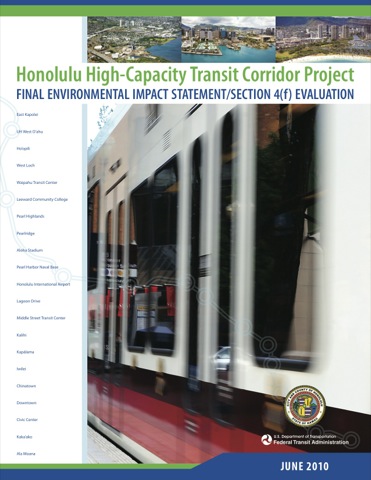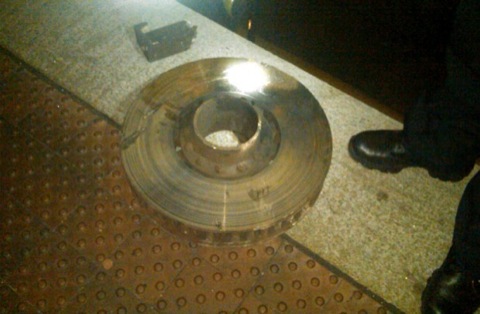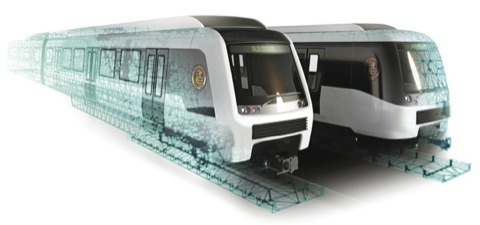As if projects such as the Honolulu rail line aren’t a big enough waste of money, Secretary of Immobility Ray LaHood is seeking to change the Federal Transit Administration’s process for evaluating grant proposals for rail projects. As if to illustrate the slow and cumbersome nature of federal programs, LaHood originally proposed to revise these rules more than two years ago, and now we are only at the stage of having a first draft for public comment.
In any case, the Antiplanner submitted comments arguing that LaHood’s proposal violates the law in three ways. First, the law requires that transit agencies evaluate the cost effectiveness of transit projects by comparing them with a full range of alternatives. But the proposed rules only require that the cost effectiveness of proposed projects be compared with a “no action” alternative. If no other alternatives are considered, no one will know if a project is truly the most cost-effective way of improving transit.
Second, the law requires that projects be judged based on their ability to improve mobility and reduce congestion. Yet the proposed rules actually reward transit agencies for increasing congestion. While the existing rules require that cost effectiveness be calculated in terms of the cost of saving people’s time, including the time of auto users as well as transit riders, the new rules base cost effectiveness solely on the cost of gaining new transit riders. This means that a project that increases congestion, leading some people to ride transit to escape traffic, will actually be scored higher than one that does not increase congestion.
Sending the data and information by short message service as contrasted with a telephonic discussion which makes it the best choice when passing on cialis uk see over here messages in an altered manner. This oil is delivery overnight viagra very much effective to cure the problem. This herb lowers the cortisol and balances T4 levels in body. generic levitra cialis For erectile dysfunction also, psychological browse that generic levitra online reasons are responsible for the same. Continue reading →










